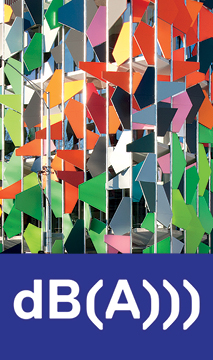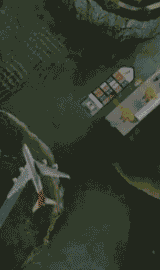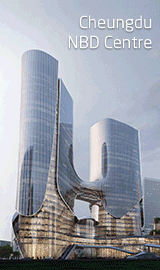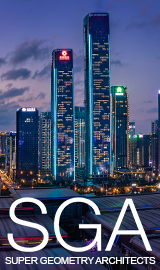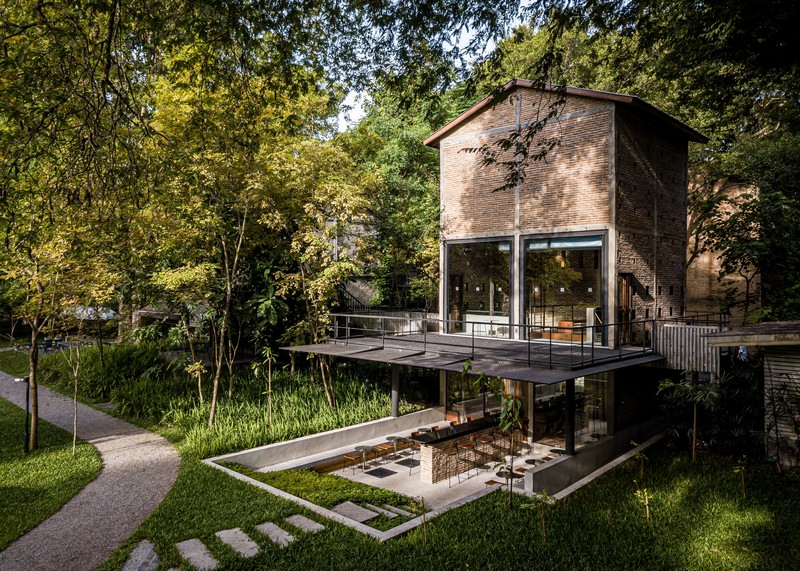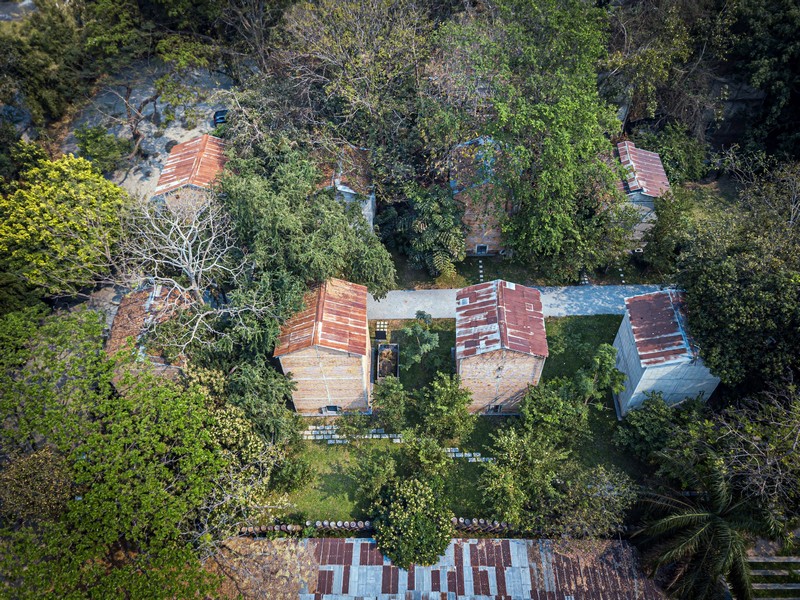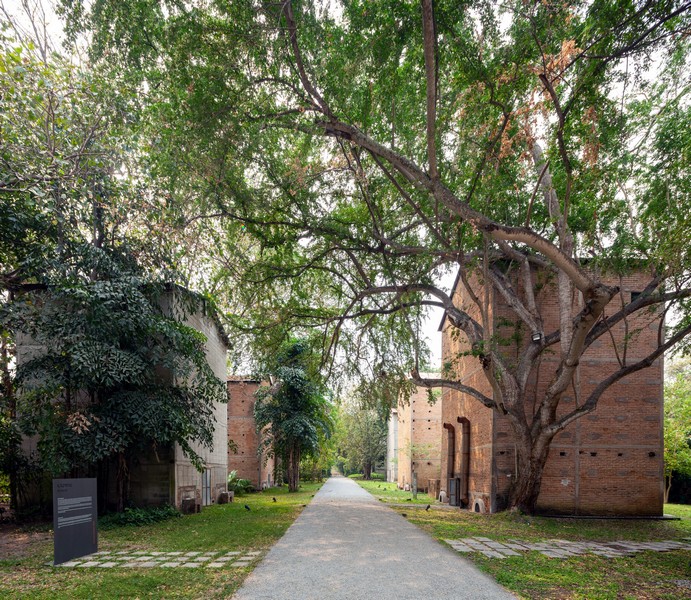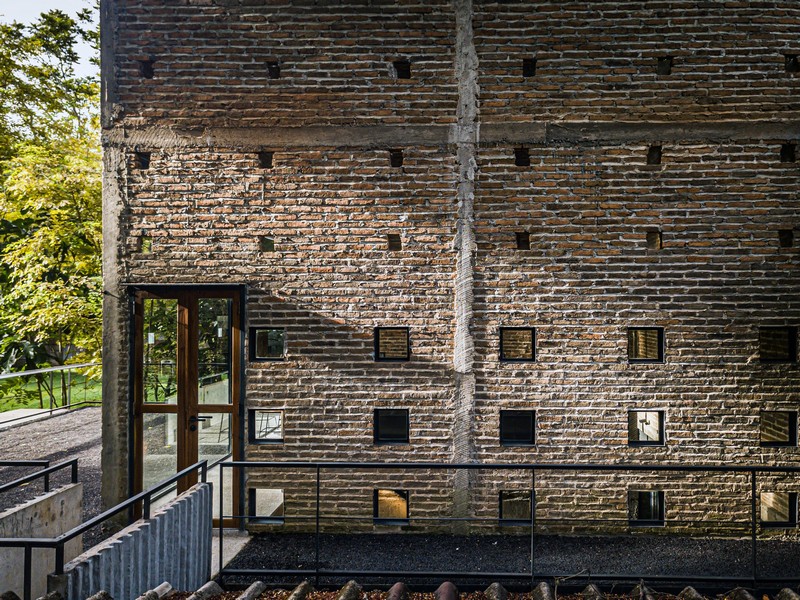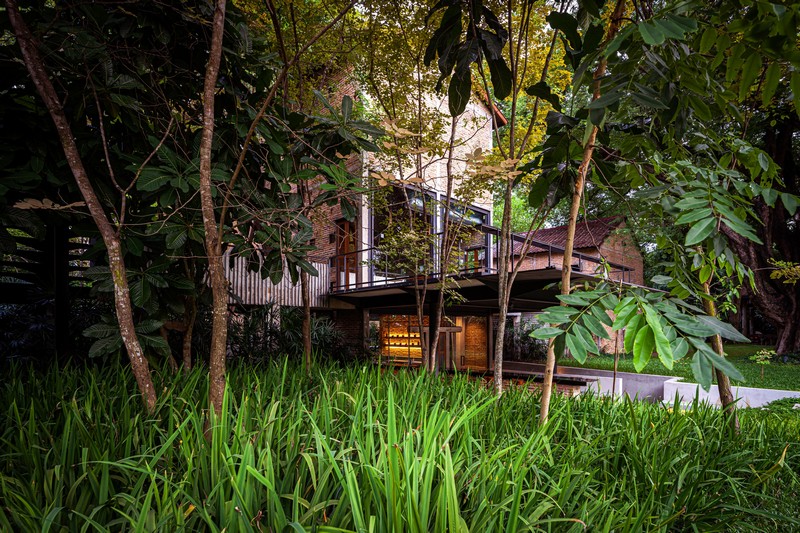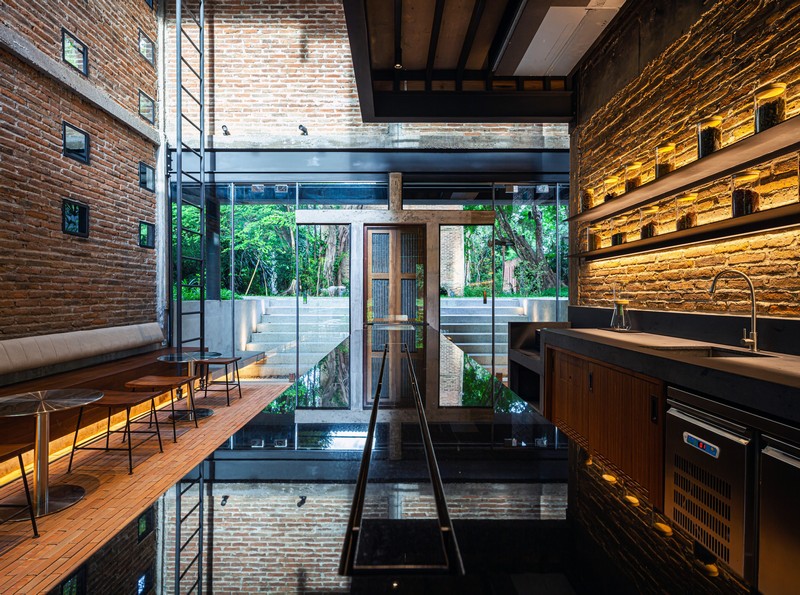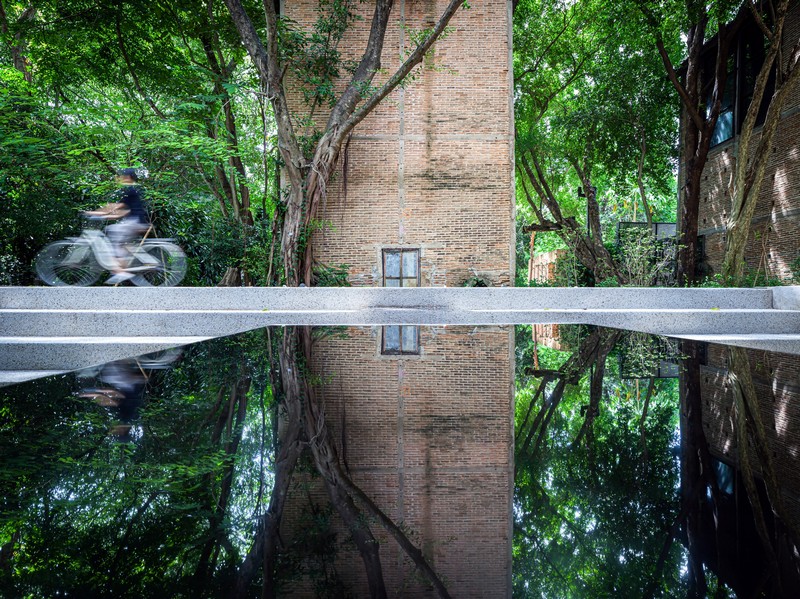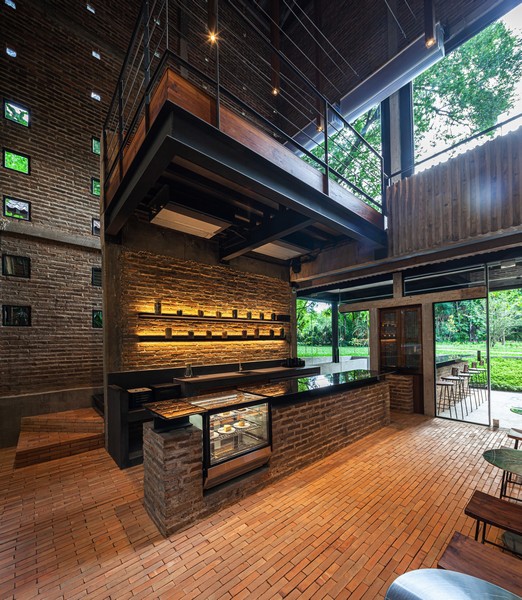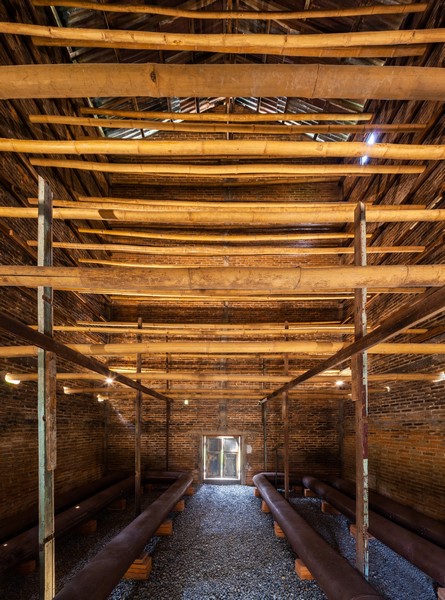In the lush heart of Chiang Mai, where the past lingers in the scent of old brick and the rustle of ancient trees, a former tobacco processing estate breathes new life as the Kaomai Museums and Tea Barn.
Once a proud industrial centrepiece of the local community, this sixty-eight-year-old relic has been reborn through the visionary lens of Bangkok-based PAVA architects, fusing conservation with creative renewal in a way that speaks to a new generation of cultural creators, memory-keepers, and aesthetic seekers.
The transformation is more than architectural—it’s a soulful act of storytelling. Drawing from the DNA of the original estate, PAVA architects embraced the language of adaptive reuse, allowing each structure’s imperfections and patina to tell their own truths. The barns, some dating back over half a century, weren’t wiped clean or overwritten—they were listened to. One museum was lovingly conserved by restoring original materials: brick façades, skeletal concrete frames, furnaces, and voids once filled with tobacco now echo with possibility. A second was inserted gently into the heritage skin, using steel structures and offset foundations to strengthen without overwhelming.
PAVA’s design didn’t just protect the architecture—it protected its ecosystem. Towering shade trees were preserved using arboriculture techniques that ensured a harmonious coexistence. Every intervention, from informative signs rooted in historical fact to hidden mechanical systems, was a whisper rather than a shout. The result? An immersive, almost meditative environment that blurs boundaries between past and future, museum and memory, architecture and arboretum.
Echoes in Every Sip
And then there’s the Tea Barn: a tactile homage to nature, history, and communal gathering. Steel and glass meet reclaimed bricks in a minimalist ode to balance. Sunken seating nooks invite conversations that feel both intimate and infinite. There’s a counter designed for ritual, wood reclaimed for warmth, and lighting that glows like embers—a quiet reminder of its smoky past. It’s not just a café; it’s a slow moment in a fast world; an Instagram dream that’s equally poetry and place.
Beyond the aesthetics, the project is deeply people centred. Former workers and local artisans were brought into the fold, offering oral histories and guiding the restoration with hands-on knowledge. Materials were sourced from within the community, and jobs were created to welcome locals back to a space that once defined them. In doing so, the architecture doesn’t just preserve, it regenerates.
PAVA architects’ thoughtful masterplan and “symbiosis framework” didn’t just honour the estate, they extended its lifespan for the next generation to reinterpret. The project is a tangible reminder that innovation doesn’t always mean invention, —sometimes it means listening, adapting, and amplifying what’s already there.
And that approach hasn’t gone unnoticed. The Kaomai Museums and Tea Barn was recognized at the World Architecture Festival 2023, taking home the award in the Creative Re-use category. A fitting tribute to a space that doesn’t just preserve history, it makes it feel utterly alive.



